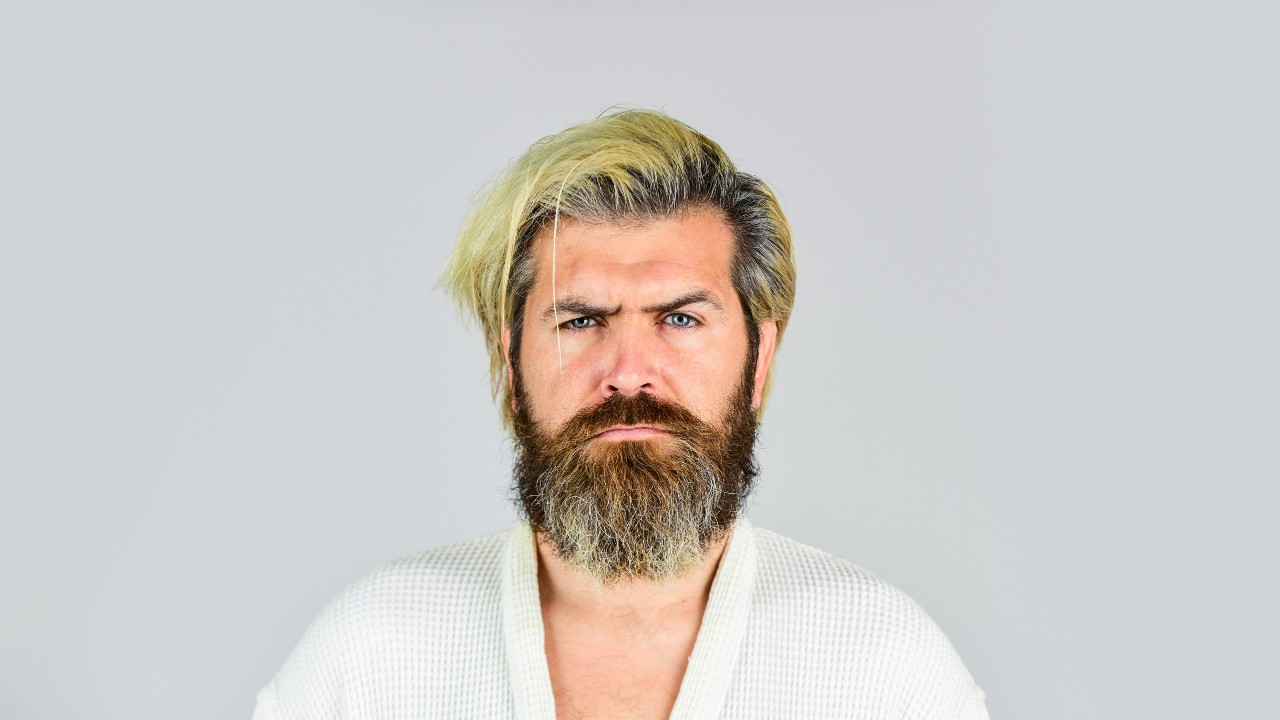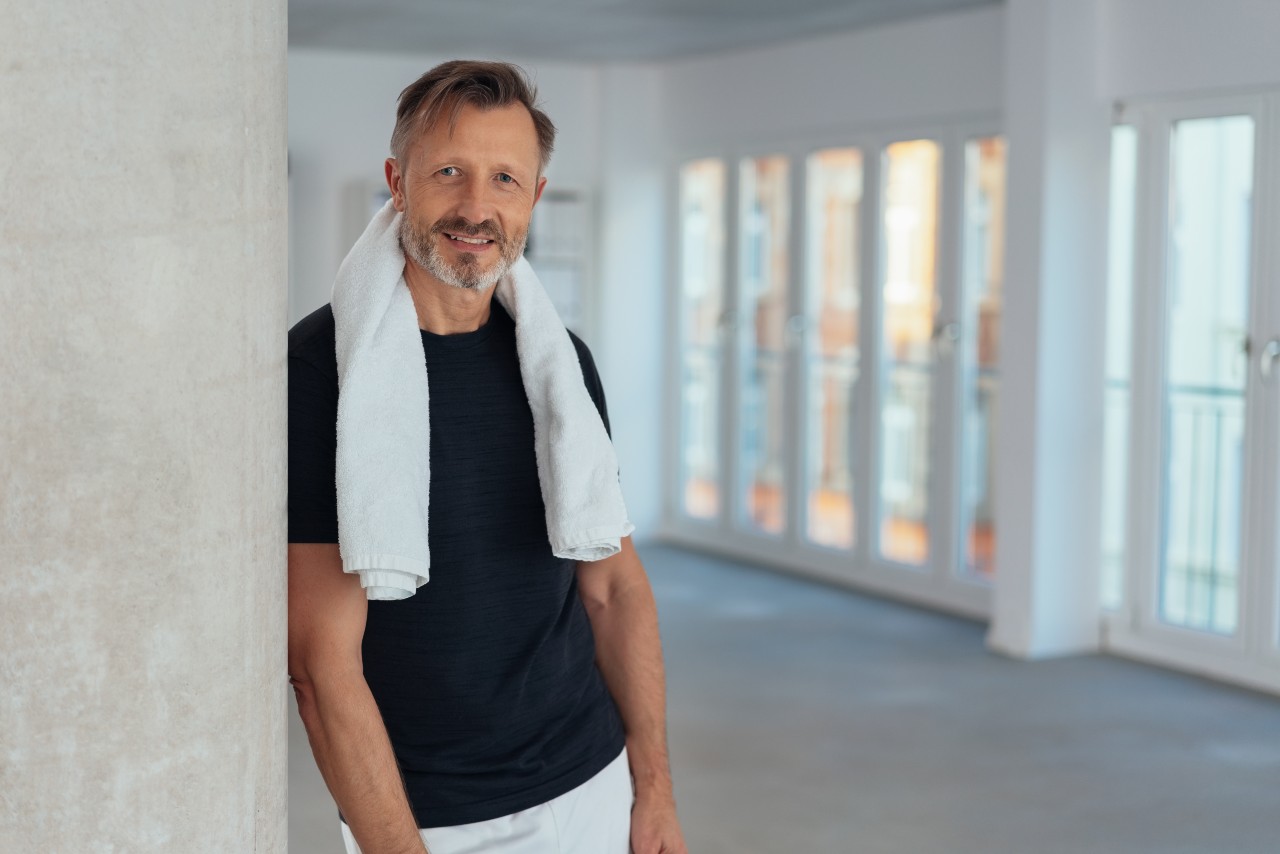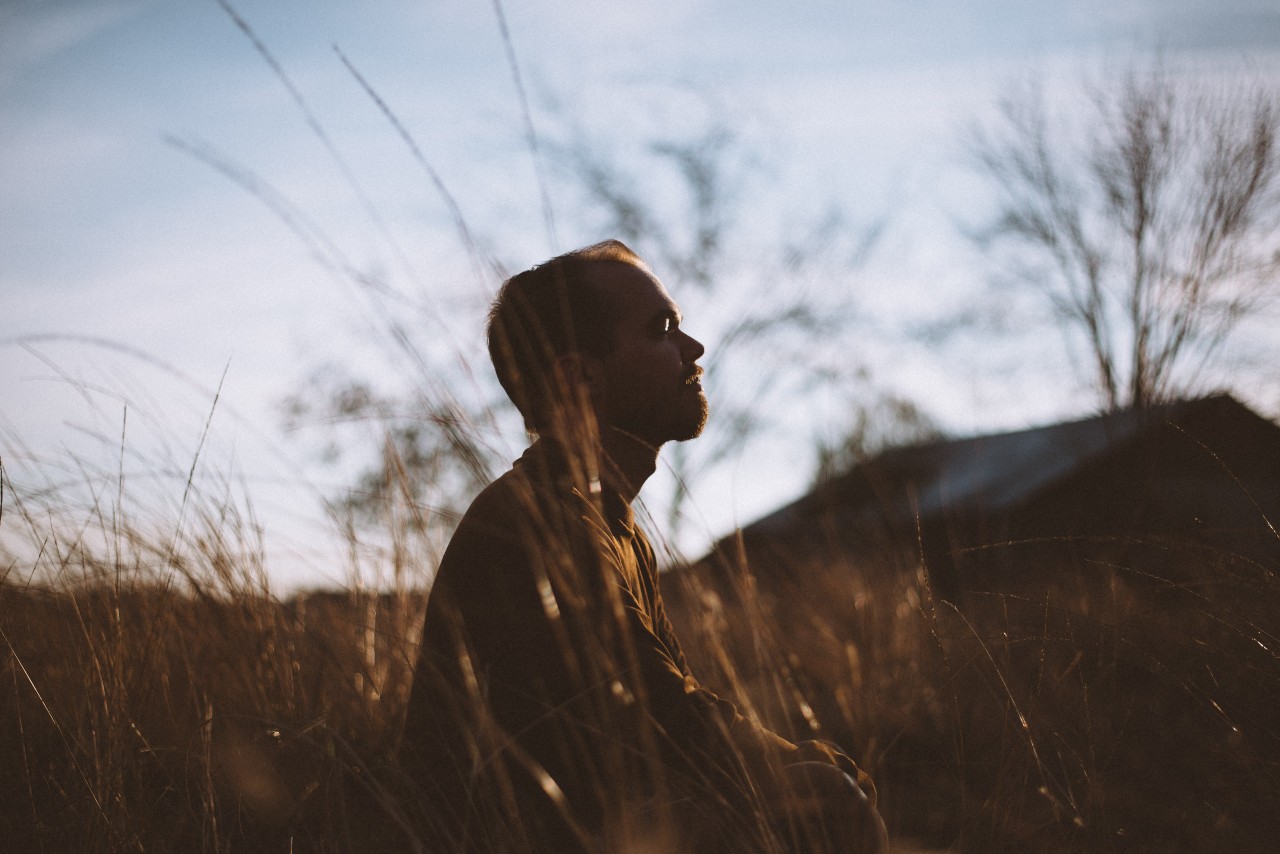There are many strategies for improving your quality of sleep—keeping a consistent sleep schedule, cleaning up your sleep hygiene, and shutting off electronic devices at least an hour before bed, to name a few. We endorse all of these methods.
But we’d also like to propose another that should be of interest to all men serious about their health: Deep breathing exercises.
Deep breathing exercises are perhaps the most effective—and least known—way to fall asleep quickly, and also to achieve deeper and more restful sleep. Several Man Over 40 staff members personally attest to their efficacy.
In this article we’ll look at the physiology behind breathing practice and sleep, and show you how to use breathing and mindfulness exercises to prepare the body for sleep and beat insomnia.
Let’s start with the problem . . .
Insomnia and other sleep disorders
Sleep problems are endemic to the modern world. To cite just one statistic, more than a third of U.S. adults do not get enough sleep, defined as at least 7 hours per night.[efn_note]CDC: 1 in 3 adults don’t get enough sleep. (2016, January 1). CDC. https://www.cdc.gov/media/releases/2016/p0215-enough-sleep.html[/efn_note]. And that estimate might be low, given that 43% of Americans acknowledge they are too tired to function effectively at work.
Sleep disfunction has many causes, including stress, a poor diet, chronic pain, lack of exercise, and absence of work-life balance.
One of the biggest culprits is digital overstimulation. In our hyperconnected, digital world—where digital devices are always close at hand—it can be tough to achieve deep, restful sleep every night.
So, how can we improve sleep given the stresses of modern living and distractions of technology?
Traditional remedies for insomnia
There are many known remedies for insomnia, all of which have some utility:
- Not eating for several hours before bedtime
- Dimming the lights and turning off electronic devices an hour before bed
- Establishing a regular sleep schedule
- Cutting out alcohol after dinner and caffeine after mid-afternoon
- Maintaining good “sleep hygiene” (e.g., using bed only for sleeping)
- Taking over-the-counter supplements like melatonin
- Exercising more
- Practicing meditation
With the exception of taking pharmaceuticals and “sleep aids,” all of these techniques are useful and recommended. All of them help to address the root problem of sleeplessness—a non-relaxed body and an overactive mind.
 [A quick word about taking sleep medications. Over-the-counter “sleep aids” or prescription medications like Ambien (zolpidem), while fine on a limited basis, are a poor long-term solution. Products sold in drug stores typically contain Diphenhydramine, which is a strong antihistamine that induces sleep but also disrupts the REM sleep cycle and can be toxic.[efn_note]Schroeck, J. L., Ford, J., Conway, E. L., Kurtzhalts, K. E., Gee, M. E., Vollmer, K. A., & Mergenhagen, K. A. (2016). Review of Safety and Efficacy of Sleep Medicines in Older Adults. Clinical Therapeutics, 38(11), 2340–2372. https://doi.org/10.1016/j.clinthera.2016.09.010[/efn_note] Ambien, a powerful sedative, has dangerous side effects and a high addiction rate.[efn_note]Orsolini, L., Chiappini, S., Grandinetti, P., Bruschi, A., Testa, R., Provenzano, A., Berardis, D. D., & Volpe, U. (2021). “Z-trip”? A Comprehensive Overview and a Case-series of Zolpidem Misuse. Clinical Psychopharmacology and Neuroscience: The Official Scientific Journal of the Korean College of Neuropsychopharmacology, 19(2), 367–387. https://doi.org/10.9758/cpn.2021.19.2.367[/efn_note]]
[A quick word about taking sleep medications. Over-the-counter “sleep aids” or prescription medications like Ambien (zolpidem), while fine on a limited basis, are a poor long-term solution. Products sold in drug stores typically contain Diphenhydramine, which is a strong antihistamine that induces sleep but also disrupts the REM sleep cycle and can be toxic.[efn_note]Schroeck, J. L., Ford, J., Conway, E. L., Kurtzhalts, K. E., Gee, M. E., Vollmer, K. A., & Mergenhagen, K. A. (2016). Review of Safety and Efficacy of Sleep Medicines in Older Adults. Clinical Therapeutics, 38(11), 2340–2372. https://doi.org/10.1016/j.clinthera.2016.09.010[/efn_note] Ambien, a powerful sedative, has dangerous side effects and a high addiction rate.[efn_note]Orsolini, L., Chiappini, S., Grandinetti, P., Bruschi, A., Testa, R., Provenzano, A., Berardis, D. D., & Volpe, U. (2021). “Z-trip”? A Comprehensive Overview and a Case-series of Zolpidem Misuse. Clinical Psychopharmacology and Neuroscience: The Official Scientific Journal of the Korean College of Neuropsychopharmacology, 19(2), 367–387. https://doi.org/10.9758/cpn.2021.19.2.367[/efn_note]]
Deep relaxation is the key to overcoming insomnia
The key to achieving deep, restful sleep is putting the body in a state of profound relaxation—which is done by triggering the body’s “relaxation response.”
The relaxation response is a term coined by Dr. Herbert Benson to describe what happens when the body moves from a state of stress to deep relaxation. Changes in brain chemistry and physiology accompany the shift.
Triggering the body’s “relaxation response” sets off a cascade of positive physical effects. The heart rate slows. Blood pressure lowers and vessels stop constricting. Blood flow to the brain increases. Muscles loosen. Stress hormones are suppressed. Soothing chemicals such as oxytocin enter the bloodstream.
The result is deep physical relaxation and a feeling of well-being or tranquility.
Breathing exercises can induce the relaxation response
The best way to induce the relaxation response is through breathing exercises. Deep breathing induces a state of relaxed calm that leads to profound health benefits, including improved sleep.
By consciously changing your breathing patterns and slowing down your breath, your body can automatically enter into a deeply relaxed state.
The physiological principles behind it are quite simple. Breathing is one of the few bodily functions that is both conscious and unconscious. While most of the time breathing is regulated automatically by our autonomic nervous system, it can also be consciously controlled.
Breathing patterns reflect our current physical and mental state. For example, when we experience fear or are consumed by stressful thoughts, our bellies (diaphragms) constrict and we breathe from the chest, and breathing patterns become quick and shallow.
By contrast, in a state of physical and mental relaxation, the breathing patterns deepen and elongate. The belly loosens. We breathe more from the diaphragm.
The cool thing is that, by consciously altering breathing patterns, it’s possible to rapidly change your physical and mental state.
For example, if you hyperventilate—by taking short, shallow breaths for an extended period of time—you will induce a state of panic and your body will take on all of the physiological markers of a fight-or-flight stress response, including elevated blood pressure and heart rate, increased adrenaline, and release of cortisol and other stress chemicals.
You can also induce a state of mental and physical relaxation by slowing down the breath cycles and engaging the diaphragm.
4-7-8 Breathing Pattern and Mindful Balanced Breathing
In our programs, we teach two scientifically validated breathing exercises for curing insomnia: The 4-7-8 BREATHING PATTERN and MINDFUL BALANCED BREATHING.
The 4-7-8 BREATHING PATTERN is one of the most well-recognized and powerful mechanisms for immediately triggering the body’s relaxation response and creating the conditions for deep sleep. It activates the relaxation response, reduces stress, and clears. Here is the basic pattern:
1) Inhale deeply through the nose for a count of 4, expanding your belly as you inhale.
2) Hold your breath for a count of 7.
3) Exhale through your mouth, making a swishing sound, for a count of 8.
The pace of the breathing is not important, only the ratio of the three parts. Making the exhale twice as long as the inhale triggers the relaxation response.
MINDFUL BALANCED BREATHING is a deeply effective way to get rid of stressful thoughts and prepare yourself for sleep is to focus intently on the breath.
1) Focus your mind 100% on your breath, noticing the rise and fall of your belly and the feeling of the air on your lips.
2) Inhale for 5 counts. Exhale for 5 counts.
3) Slow down the breath until you reach around 6 cycles (inhale + exhale) per minute.
To learn more and try out guided breathing lessons for sleep, access the BreatheAware app or web-based program (signup is free).
Conclusion
Breathing exercises are one of the oldest, simplest, and most effective ways to improve your quality of sleep. We’ve seen people who tried nearly every sleeping solution—with little effect— succeed with deep breathing exercises.
They offer a far more natural way to manage insomnia and other sleep issues—by triggering the body’s built-in relaxation response and creating the conditions for deep sleep.
Practicing these exercises and others will create a virtuous cycle of deep relaxation, high-quality sleep, and feeling rested in the mornings that will reinforce the positive change.




